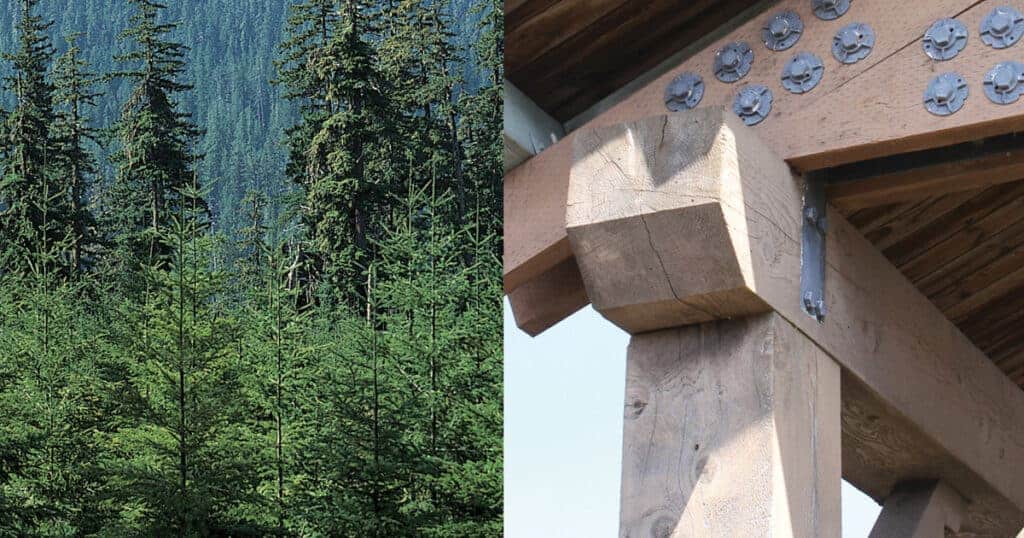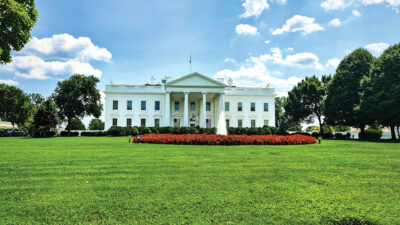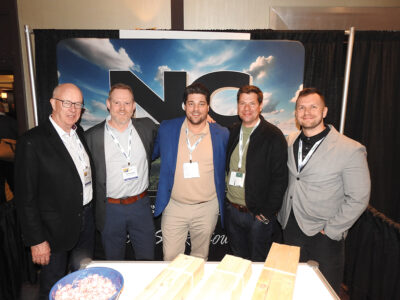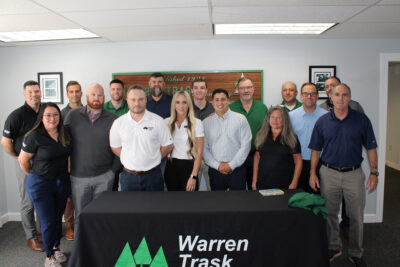Many building products try to dress up claims of being environmentally friendly. However, much like the evil stepsisters trying on Cinderella’s lost slipper, these claims rarely fit easily with the actual truth.
Fortunately, wood products offer a great green story that today’s customers want to hear. For wood used in outdoor exposures, preservative-treated wood provides a host of environmental benefits not found in alternative materials.
The key green benefit for wood products is that they come from a sustainable, renewable resource. That sustainability is further enhanced when wood is preservative-treated for use in demanding applications.

Modern forestry practices ensure sustainable volumes of wood while balancing the other needs such as water, wildlife and recreation. Forestland in North America has remained stable for more than a century and responsible management has led to more than 50 consecutive years of net forest growth vs. harvests. Each year, more than 1 billion trees are replanted in the U.S. annually and Canada replants an estimated 600 million trees each year.
In recent years, there has been more attention on reducing the “carbon footprint” of construction, transportation and other activities. Growing trees offer one of the best ways to remove carbon from the atmosphere and sequester, or hold it in place.
Preservative treating for wood further adds to holding that carbon in place far longer. Preserving the wood extends its useful life from a few years to many decades. Not only does it sequester the carbon, it provides enough time for another tree to be grown to become a replacement product.
In the century since commercial pressure treating was introduced, the wood preserving industry has compiled an impressive record of longevity for preserved wood, with wood decks, boardwalks and fences remaining in place for multiple decades while treated utility poles lasting as much as 80 years in service.
Billions of board feet of wood are used not only in construction but in infrastructure applications, as well. These preserved wood products sequester significant amounts of carbon that have been drawn from the atmosphere.
One example: it is estimated there are some 130 million preservative-treated wood utility poles and 100 million wood crossarms in service today. Together, they account for an estimated 90 million metric tons of carbon dioxide, or CO2, removed from the environment. According to the online Greenhouse Gas Equivalencies Calculator available from the U.S. Environmental Protection Agency, this volume is equivalent to the CO2 emissions from burning 10.2 billion gallons of gasoline.
Other common uses for wood – such as construction and outdoor application – further contribute to sequestering carbon. For example, the wood in a typical home accounts for some 38,500 pounds of CO2 stored, or the rough equivalent of removing 10 cars off the road for a year.
By comparison, alternative materials add to CO2 emissions and have a much more negative impact on the environment. The production of cement is responsible for as much as 7 percent of global CO2 emissions, more than what comes from operating all the trucks in the world.
Despite claims to the contrary, alternatives have a much larger impact on the environment. Science-based life cycle assessments comparing preserved wood and these alternatives offer the best basis for comparing environmental impacts.
LCAs have been conducted comparing preserved wood to other materials such as galvanized steel studs, wood composite plastic decking and concrete marine pilings. In each instance, the LCAs show that preserved wood has less energy and resources use and much lower environmental impacts in areas such as fossil fuel and water use, greenhouse gas emissions and toxicity to the air and environment.
As Kermit the Frog notes, it’s not easy being green. But by remaining in service for decades, preserved wood is far more friendly to the environment and can lock carbon in place while a new tree can be grown to become a replacement product once the wood is at the end of its product life.
For more information on the sustainability of preserved wood, go to the online technical library at PreservedWood.org.









